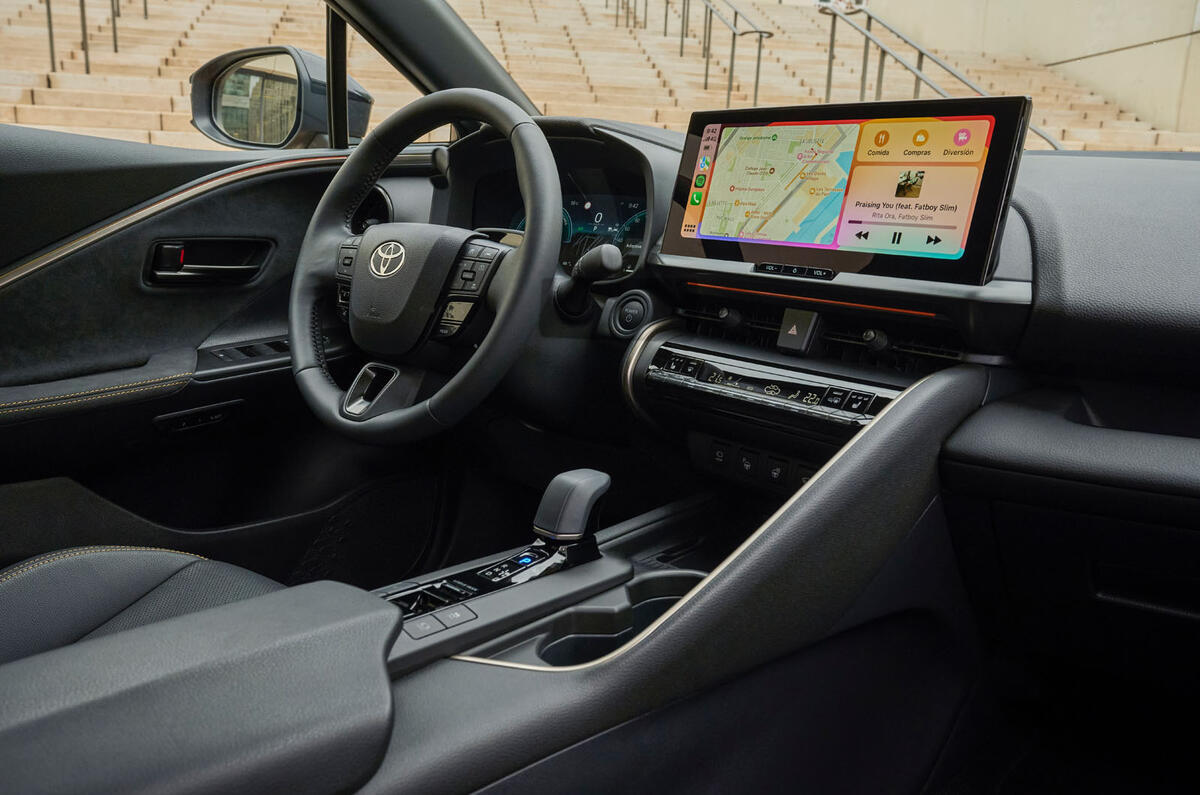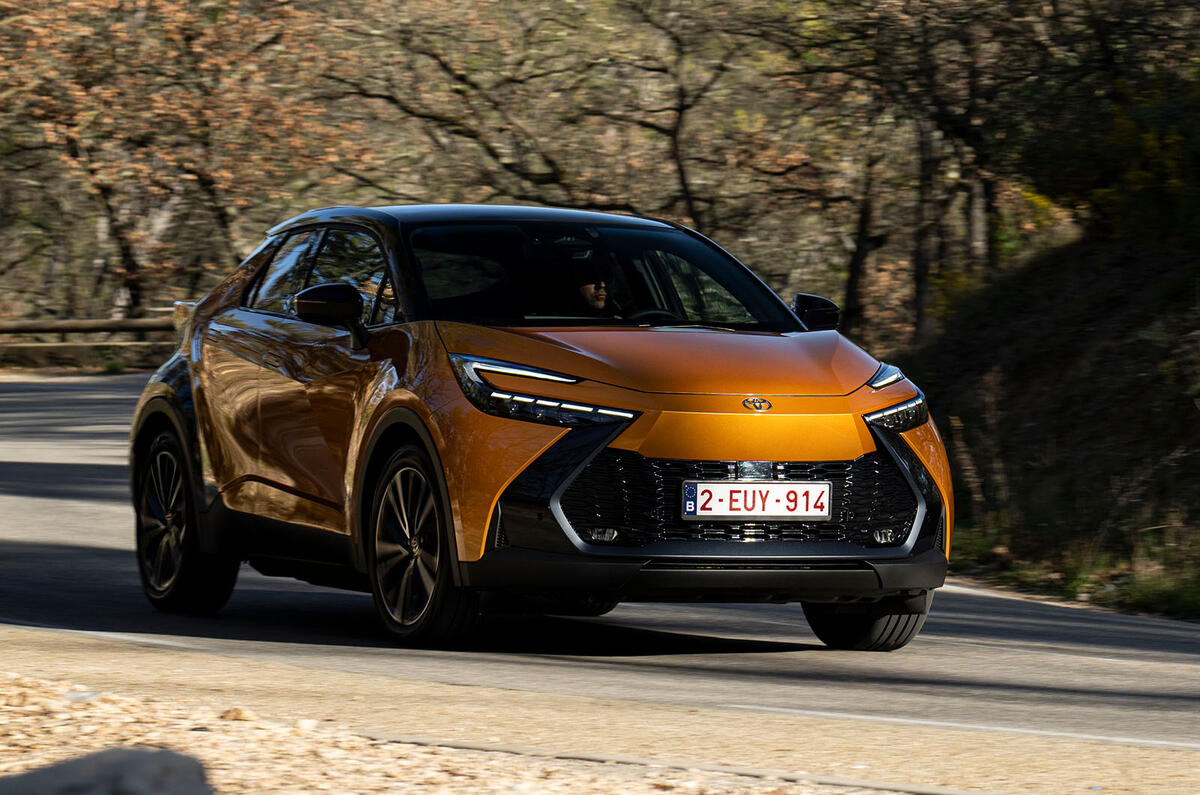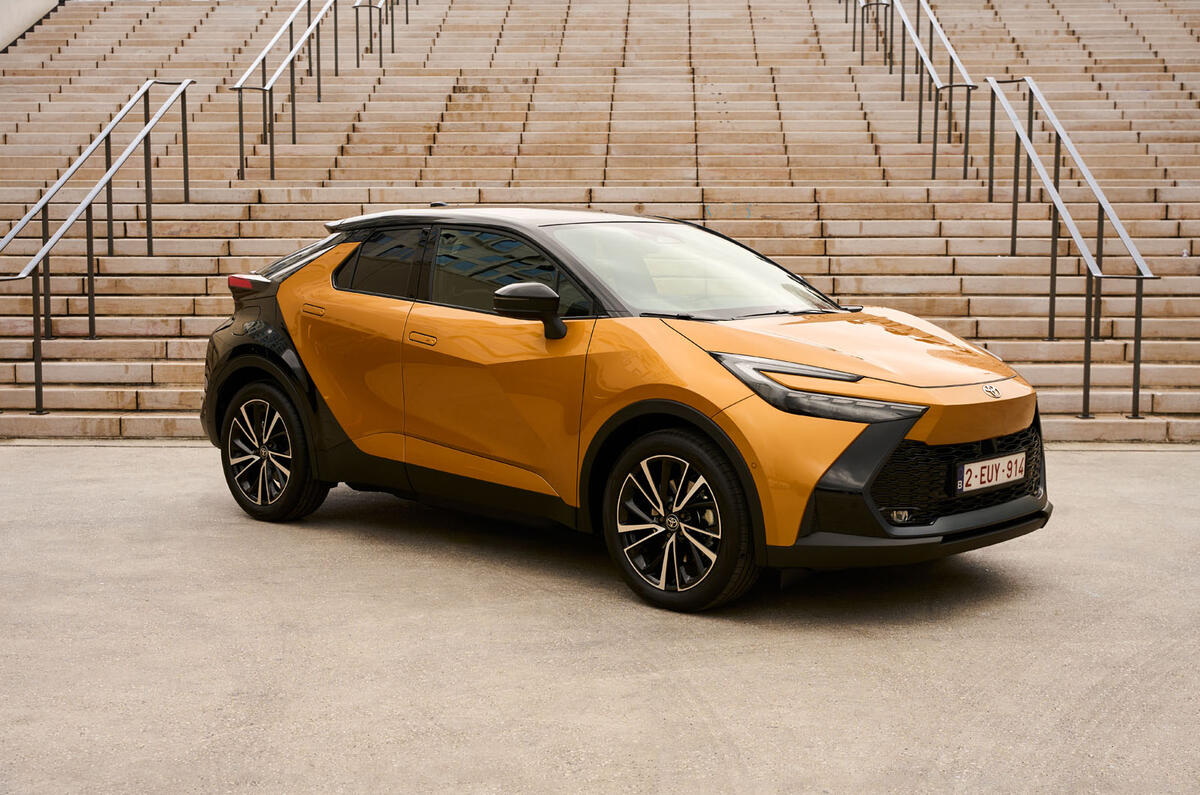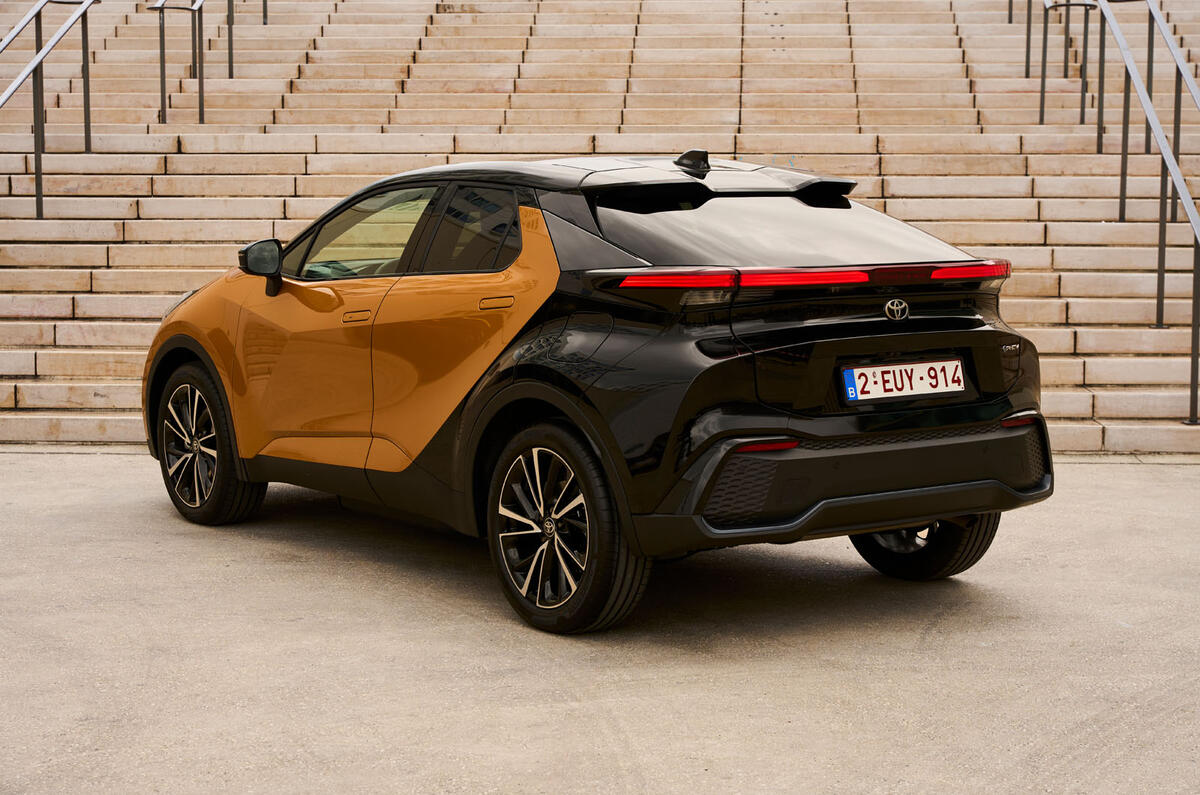The C-HR reminds us a lot of the Volkswagen Golf when it was at its very best. A comfortable ride at both low speeds and high speeds, enjoyable handling in everyday driving situations and precise, accurate, well-weighted steering.
Like the Golf, it doesn’t excite when you really push on, but is always composed, never feels compromised, and is supremely comfortable over long distances. The improved design distinction of modern Toyotas is one thing, these much-improved dynamic qualities are quite another.
The C-HR uses Toyota’s TNGA-C platform, also used by the Toyota Corolla hatchback and estate. As other models have shown, it is a good base to create an enjoyable everyday driver's car but there are some notable changes from the first version.
While the suspension retains MacPherson struts up front and a multi-link arrangement at the rear, both are reworked and tuned, the latter with elements from the set-ups in the Toyota Camry saloon and Toyota RAV4 SUV.
The PHEV uses uprated brakes, and new ZF frequency-sensitive shock absorbers refine the ride, making the car more compliant over high-frequency inputs, but better controlled over longer-wave ones. It also has extra vibration dampers, and chassis- and axle-stiffening measures that the HEVs don't get. It's particular quiet-riding, but still nicely taut through the corners - and only over bigger inputs on country does the extra 200kg of weight that it carries really become apparent.





















































